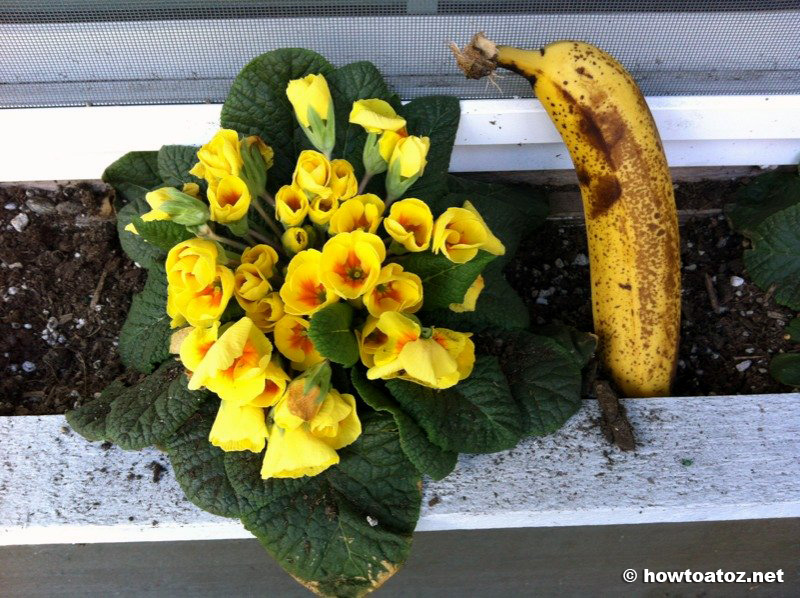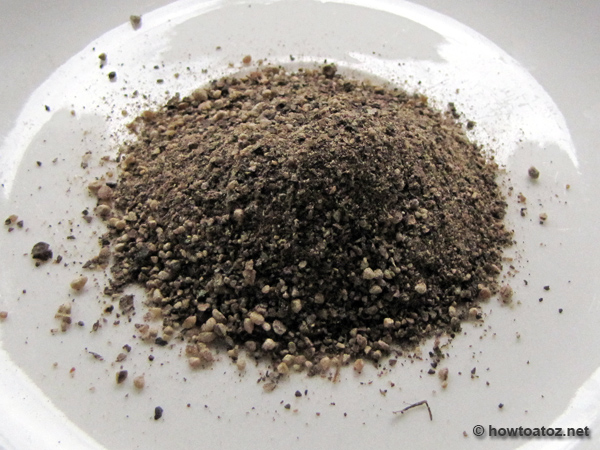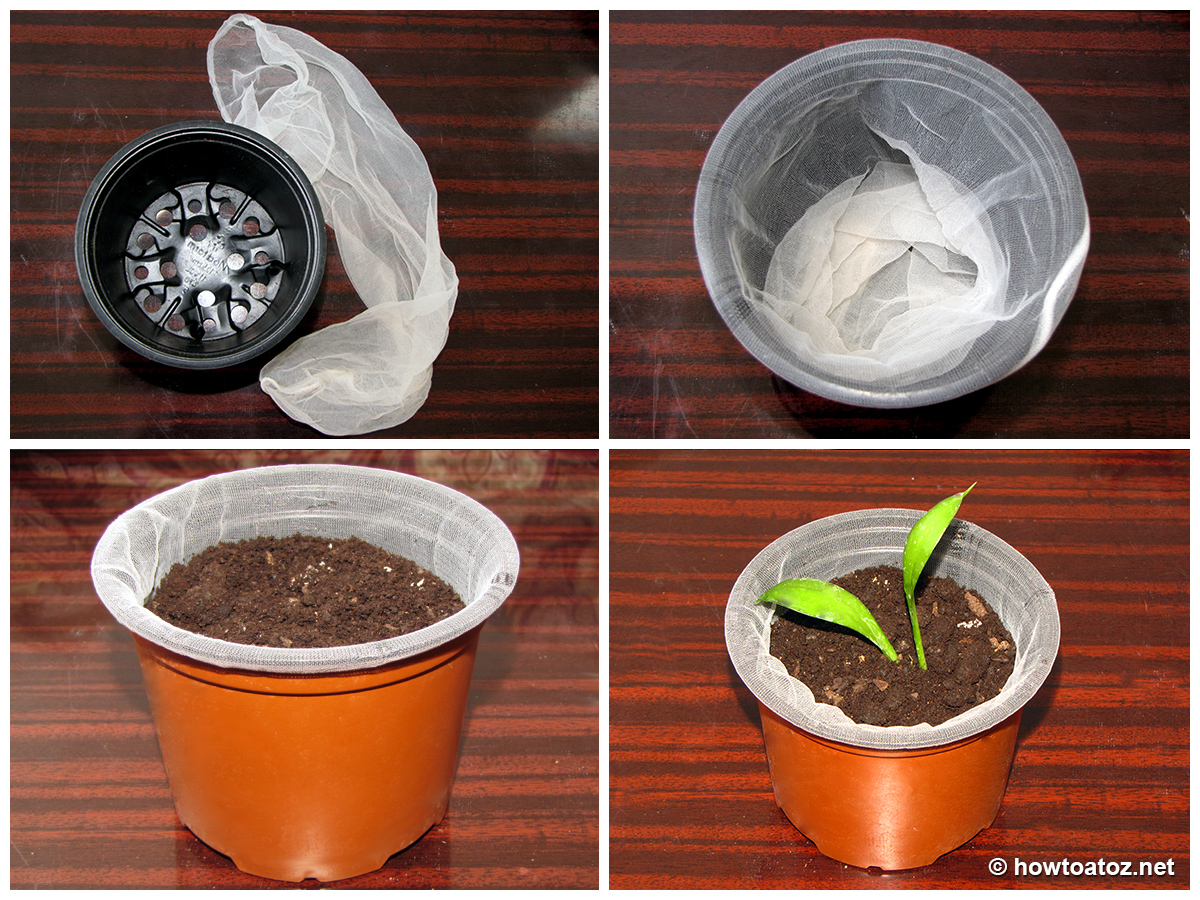Gardening Tips And Tricks
Spring is here and now it’s time to do some work in the garden. Did you know that some everyday items can be very helpful in your garden and they can even save time and money? Here are some interesting tips and tricks for your plants and garden.
Bananas in your garden
Bananas are very useful in garden and house plants since they are full of potassium and phosphorus, which are important nutrients for humans and plants. They can be used as fertilizer.

Dry the banana peel for few weeks until it’s completely dry. Grind it in a blender to make powder. Sprinkle the banana peel powder around plants or seeds. This fertilizer is especially good for roses.
Raw banana peel can also be used as a fertilizer and a helpful and eco-friendly ingredient in fighting aphids. Cut the peel in slices and bury a few some 3-4 inches underground. The banana peel will begin to rot and release nutrients into the soil. Besides feeding, this should prevent aphids from attacking your plants.
Bananas can be used for cleaning indoor plants. Take one piece of a banana peel and with the inner side of it, rub the leaves to clean the dust off of them.
Disposable diapers
Disposable diapers can be used as water reservoir in flowerpots. Before planting the seed or plant, put a disposable diaper on the bottom of a pot, with the absorbing side facing up. Put some soil on the diaper and put your plant and the rest of the soil in the pot. When watering the plant, the diaper will absorb water and prevent it from leaking through the holes in the bottom of the flowerpot. Thanks to this, you will rarely have to water your flowers.
Pepper
Pepper is another natural and eco-friendly pesticide. It’s very easy to protect plants with pepper – just mix some black pepper powder with flour and put that mixture around the plants. This will keep ants and aphids away from your garden.

Egg shells
Egg shells are ideal for planting seeds. Place egg shell halves in the egg box. Fill them with compost and plant the seeds. Egg shells will provide nutrients needed for seed development. When the seed sprouts and plants start to take their form remove them from the egg shells and plant them in the garden. Crumble the egg shells and mix them with soil in the garden or flowerpots.

Pantyhose
Torn pantyhose can have another use aside from being thrown in the trash. Their elasticity makes them ideal for growing garden plants, especially young and sensitive seedlings. Cut the pantyhose in to ribbons and use them to tie young stems to garden sticks. Elastic nylon will stretch as the plant grows and it will provide support. Use pantyhose or similar material instead of rope. Rope is stiff and can damage the plant.
Another use for pantyhose in the garden and floriculture is for preventing soil from dropping out a flowerpot. For this trick you can use one leg of torn pantyhose. Put it in a pot and wrinkle it around the edge. Be sure that nylon lining sits comfortably in the flowerpot so the soil can fill the pot without “pockets”. Now you are ready to put the seeds or a plant in the soil.

Broken clay flowerpots
It often happens that some clay flowerpots break. If you have broken pots don’t throw them away because they can have another use in your garden. Place the broken pieces in the new flowerpot. These pieces will prevent the soil from dropping through the holes at the bottom, while allowing the water to flow freely.
Baking soda as a natural home remedy for killing moss
Moss is common for shaded areas of your garden. There are a lot of different moss treatment chemicals, but if you want a more natural solution to the problem, you can just use regular baking soda. Simply spread baking soda over affected areas in a thin layer, and leave it there for some time. It will not affect the surrounding grass. Be patient, it may take some time to kill the moss.
If the moss is so stubborn you can use a mixture of two parts of baking soda to one part of vinegar. Vinegar will help baking soda penetrate the moss’ root system faster and be more effective at removing the moss.
After the moss is killed, remove it, and reseed the area. Try to trim surrounding area to allow more sunlight; it will prevent moss from coming back.
This method is even easier to apply to kill moss on the concrete of your driveway or on walkways around the house.
Storing Gardening Tools
Finally, when you finish working in the garden it’s time to clean and properly store your gardening tools. After cleaning, completely dry your tools. If you store them in the can or pot (depending of the size of the tools) filled with sand mixed with motor oil, gardening tools will last longer. For big tools you can use a big bucket (3 gallons or more) filled with sand mixed with a quart of motor oil. For smaller tools you can use coffee or beans cans. When stored this way gardening tools will remain clean and it will be protected from rust.